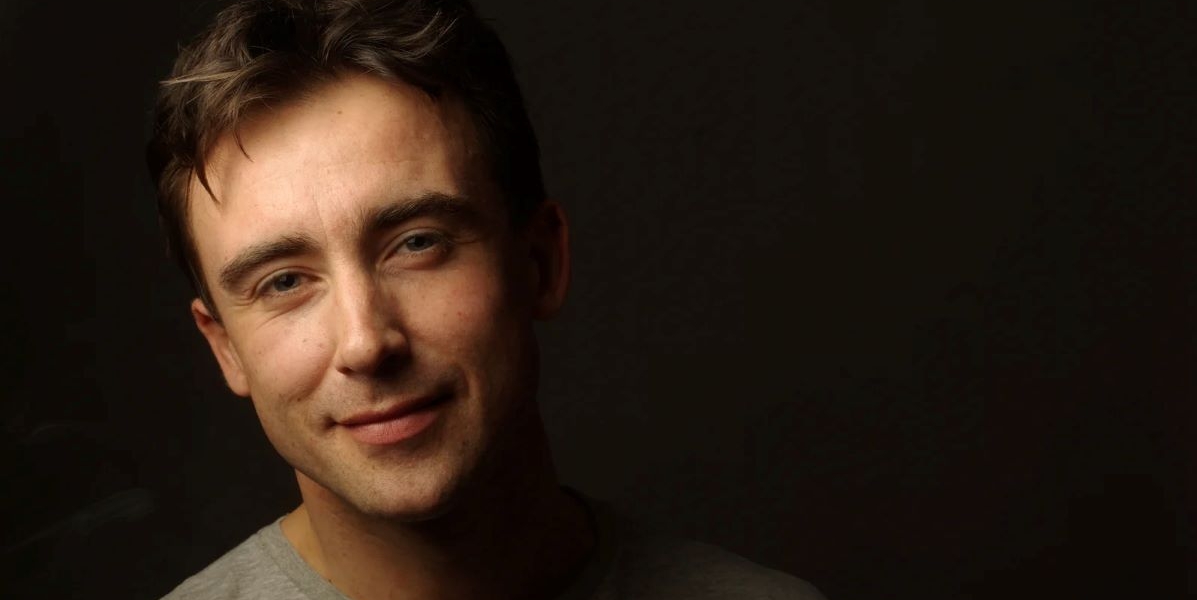Though not yet fifty, Joseph Phibbs has composed prolifically across many genres. Two concerts at Wigmore Hall offered a cross-section of his recent contributions to chamber music, and especially music for strings, where he has a particular intuitive understanding for the idiomatic sonorities of different combinations, whether solo, duos or quartet and quintet configurations. His music is accessible, highly pictorial, and full of multi-layered, shifting textures above which float entrancing melismatic sequences that allow you time to hear the spaces between the lines as much as the forward journey of the music. You can immediately see why so many instrumentalists commission works from him – not only the full range of the instruments is deployed but the performer has to navigate and embody a very wide range of emotions across the spread of pithy, concise movements that each piece comprises.
The first concert was devoted entirely to his music whereas in the second the new Phibbs string quintet shared the programme with the uniquely great Schubert work in this genre. In some ways the morning concert was a better showcase for his work offering a greater variety of instruments, compositional genres and a wider imaginative range. However, each possessed contrasting moments of exquisite playing and inspiration, particularly from the Piatti Quartet, who played in both.
We began with ‘Night Paths’, a rhapsody for alto saxophone and piano, in which Huw Wiggin and Noriko Ogawa explored a bluesy urban landscape of sounds, full of keening and defiance on the one hand, together with more mellow episodes of reflective melody and piano filigree. Phibbs has a gift for laconic brevity that captures a single mood: this came to the fore in a little wisp of a piano work that commemorated his teacher Steven Stucky with lilting plangency. This was followed by the his first quartet, dating from 2014 and commissioned by the Piatti: a structurally intricate work that interleaved its movements with duos and a recurrent varied theme played on the viola. The economy of means and imaginative variety of sonorities were reminiscent of Britten, with the final ‘Vocalise’ evoking a desolate, bleak simplicity that made you think it might accompany and distil a cinematic moment of wartime hopelessness.
The most substantial work in the first concert, in both length and compositional weight, was the recent Cello Sonata, played here by Ogawa and its dedicatee, Guy Johnston. Each of the six movements is highly contrasted with the others so as to form a suite akin to Bach’s model. At the heart of it is a remarkable ‘Soliloquy’, more a murmuration than a movement, flashing past in a tease of meaning like the last movement of Chopin’s Second Piano Sonata. This is a composition where you are aware of how deeply steeped Phibbs is in the early history of string writing – a deliciously refined modal arrangement of a pavane by Elizabeth I’s court lutenist is bracketed by eerie ghostly passages that suggest the music has just emerged out of the linen-fold panelling at Hatfield House where it was first performed. Another ‘Vocalise’ takes the cello up to the top of its register in an impassioned climax and gentle fade. This work deserves to become a regular part of the repertory for cello and piano.
In the second concert the Phibbs quintet came first, demonstrating many of the qualities of delicacy and intricacy identified in the first quartet. At times I felt there were melodic echoes of Britten’s ‘Peter Grimes’ in the interweaving of some of the string lines, but there was also a sense of urban razzle-dazzle which made full use of the extra variety of instrumentation available. While Fibbs has not attempted anything like Schubert’s masterpiece, he has clearly studied it with great care and has put these ideas to good use in a work that will in itself pay off with further listening. This subtle and deliberate strategy is reminiscent of Cosmo https://cosmocasinonz.com/games diverse casino games, where every element, from design to game selection, has been thoughtfully considered to ensure that gamers are maximizing their enjoyment and engaging gameplay. Thus, like Fibbs’ music, Cosmo Casino aims to enrich the experience of its visitors by providing quality and thoughtful content.
The Schubert Quintet is an Everest of the chamber repertory, with each of its movements a major challenge and almost a distinct piece in its own right. I am used to hearing this work played by older and more sedate players, so it was particularly refreshing to encounter the attack and brio of these young players, who approached it fearlessly and with notably fast tempi. But their daring also extended to playing a real ppp. which proved equally arresting. When you are willing to take risks there are always awkward turns and moments of stress, and the additional cellist, Tim Lowe, was not always assimilated into the easy, familiar collaboration of the pre-existing quartet. But by any standards this was a notable performance – the swagger of the scherzo had real panache, and there were several moments where time seemed to be suspended within the shifting patterns of sublime sound so that the audience experienced that collective focus of still intensity shared at one with the players that is the acme of chamber music.
Between the two chunky quintets was a delicate cucumber-slice of a composition – ‘Cantus, after Bach’ – which takes and develops a simple chorale melody from an early cantata at perfect length with lovingly intertwined violins and playful pizzicato. This is a gem of a piece, and I hope to hear it often in the future whether programmed or as an encore.

